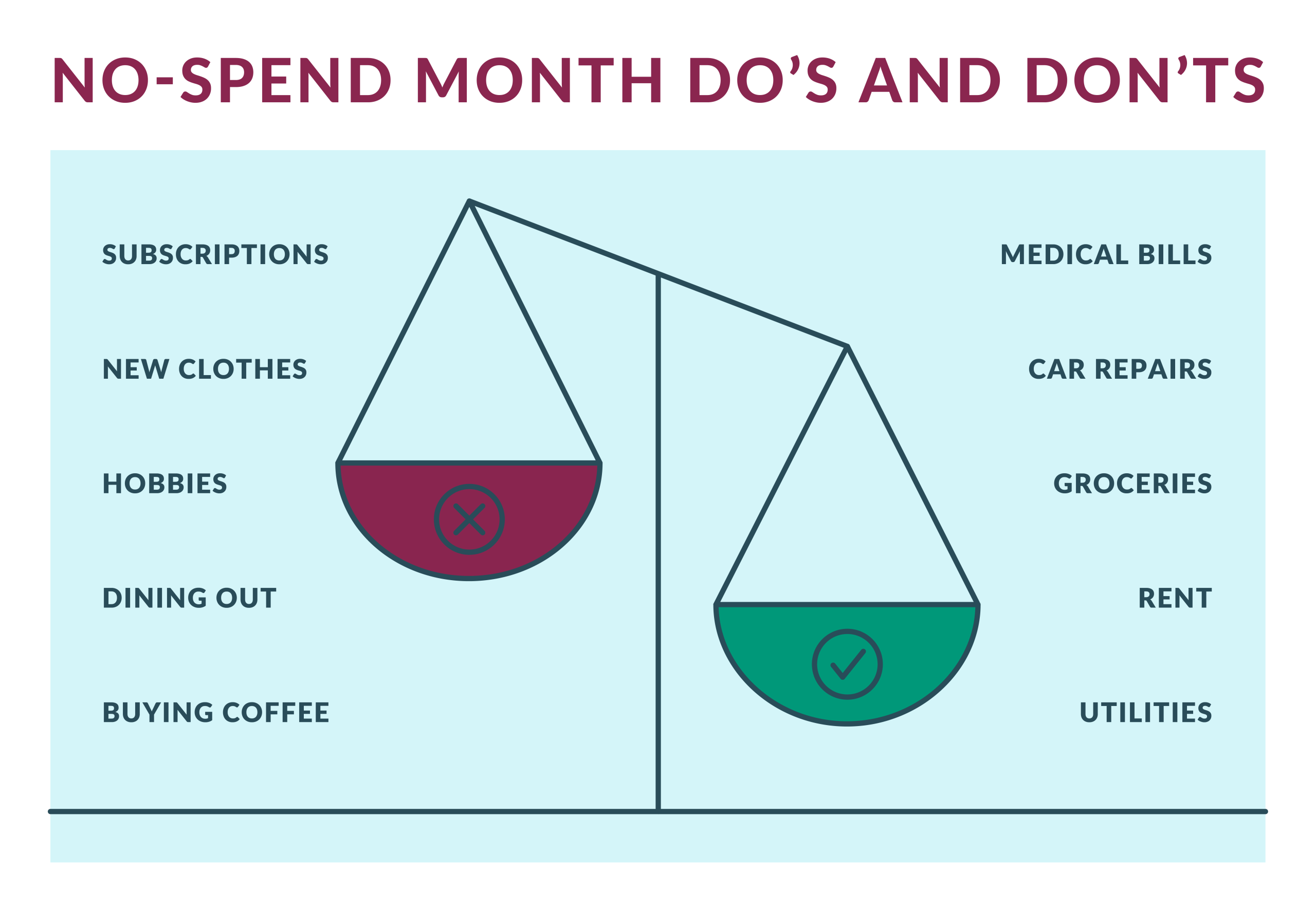Anúncios
Credit cards offer convenience and financial flexibility, but understanding how they work is crucial to making the most of them.
They function as short-term loans, allowing users to make purchases and pay off the balance later. However, misuse of these cards can lead to debt and harm your credit score.
To help you, we have prepared a complete guide on how a credit card works and the key details you need to know. Check it out below!
Main Types of Credit Cards
Credit cards are a diverse financial tool, offering options that meet different customer profiles and financial goals.
From cards that help build credit to those that provide rewards for specific expenses, each type of card comes with unique features and benefits.
Learn about the main types of credit cards available and their functions:
Secured Credit Card
A secured credit card is a good option for those building or rebuilding their credit history.
This type of card requires a security deposit, usually equal to the credit limit. The deposit serves as a guarantee for the issuer, reducing the risk of default.
Using the card responsibly can help the holder improve their credit score and eventually switch to an unsecured card.
Unsecured Credit Card
Unsecured credit cards are the most common on the market and do not require an initial deposit.
Issuers assess eligibility based on the applicant’s credit history, credit score, income, and financial capacity.
Typically, those with higher credit scores have access to better conditions, such as higher credit limits and lower interest rates.
Business Credit Card
When explaining how a credit card works, we can’t overlook business models.
Designed even for small business owners, these cards help separate personal and business expenses, simplifying accounting.
They offer specific benefits, such as cashback on office supplies, travel points, and even additional cards for employees.
This type of card contributes to financial organization and optimized business spending.
Travel Credit Card
Travel credit cards are ideal for frequent travelers, offering rewards such as airline miles and hotel points.
In addition to rewards, these cards may include extra benefits like travel insurance and access to airport lounges.
Many travel cards also waive foreign transaction fees, making them advantageous for international travel.
Student Credit Card
Designed for young adults with limited credit history, student credit cards have more flexible eligibility criteria.
They allow students to start building their credit history with lower limits and benefits like cashback on meals or specific discounts.
Therefore, it’s a good option for young people looking to establish their financial life responsibly.
Store Credit Card
Issued by retailers, store credit cards offer exclusive discounts and promotions for their customers.
They can be closed-loop cards (usable only within the store’s network) or open-loop cards (usable at other stores as well).
Despite the advantages, these cards often carry high-interest rates, so paying off the balance quickly is essential to avoid high costs.
Rewards Credit Card
A rewards credit card offers benefits such as cashback, points, or miles for everyday purchases.
Some rewards cards focus on specific spending categories, like groceries or restaurants, increasing the return on these transactions.
For those who use the card responsibly and pay off the balance on time, these cards can generate significant additional value.
How a Credit Card Works: Important Details
A credit card has several functions and important aspects that affect its cost and usage. Understanding these concepts is essential for using it efficiently and avoiding high-interest rates.
Billing Cycle
To understand how a credit card works, it’s necessary to comprehend the billing cycle. This is the period during which purchases and transactions are accumulated, usually lasting from 28 to 31 days.
At the end of the cycle, the issuer sends a statement summarizing the transactions, applicable fees, and the total balance.
Paying the total balance by the due date allows you to avoid interest on the purchases made, ensuring more financial security for you.
Credit Limit
The credit limit represents the maximum amount you can spend with your credit card. Exceeding this limit may result in additional fees or declined transactions.
It also impacts your credit utilization rate, which can negatively affect your credit score.
Grace Period
Most credit cards offer a grace period, typically ranging from 21 to 25 days.This period starts from the issuance of the monthly statement and lasts until the payment due date.
If the total card balance is paid in full during this period, the cardholder avoids accumulating interest on previous purchases.
This advantage allows consumers to manage payments better without incurring additional costs.
Therefore, taking full advantage of the grace period by paying the total balance is a recommended practice to avoid interest and keep finances in control.
Minimum Payment
Cardholders must make at least a minimum payment each month to avoid late fees and keep their accounts in good standing.
The minimum payment is usually a percentage (2-4%) of the outstanding balance or a fixed amount, such as $25.
However, paying only the minimum can lead to an increase in the balance due to accumulating credit card interest.
Cash Advance
Cash advances allow you to withdraw cash directly with your credit card, usually from ATMs. This is another key aspect of understanding how a credit card works.
However, it’s one of the most expensive transactions since it involves a withdrawal fee and interest, which starts accruing immediately without a grace period.
These high costs, often with a higher APR than regular purchases, make cash advances an option suitable only for emergencies.
Additionally, cash advance balances don’t benefit from reduced-interest promotions that might apply to regular purchases, further increasing the overall cost.
Balance Transfer
A balance transfer is an option offered by many cards, allowing users to move debt from one card to another.
Typically, these cards offer a promotional 0% APR for a limited period, temporarily easing the debt burden.
However, this operation usually comes with a 3% to 5% transfer fee.
While the reduced or zero promotional APR can be advantageous, it’s essential to consider the transfer fee and evaluate whether the interest savings are enough to offset this cost.
This option can be useful for those looking to consolidate debts and reduce financial burdens.
Rewards
Reward cards offer incentives like cashback, points, or miles for purchases. Depending on the card type, these rewards can be redeemed for products, airline tickets, hotel stays, or even gift cards.
This type of card is especially beneficial for consumers who pay their balances in full every month, as the accumulated rewards can represent significant savings over time.
Additionally, some rewards cards allow points to accumulate faster in specific categories, such as groceries or dining, further enhancing the benefits.
What Types of Fees Exist in Credit Cards?

Fees are an important consideration in understanding how a credit card works, as they can increase the cost of usage. Below are the main fees associated with credit cards:
Late Payment Fee
If the minimum payment is not made by the due date, a late fee is applied, penalizing the cardholder.
Continuous late payments can also result in an increase in the APR (Annual Percentage Rate) as a penalty.
This can harm the user’s credit score, making it harder to access better credit conditions in the future.
Therefore, making at least the minimum payment on time is crucial to avoid fines and maintain good financial health.
Annual Fee
Some credit cards, especially those offering premium benefits like travel rewards, charge an annual fee to maintain the account.
This additional cost is usually justified by the benefits offered, which may include cashback, miles, and other exclusive perks.
Thus, it’s essential to assess whether the card’s benefits justify the annual fee, especially for those who use the card regularly and want to maximize these features.
Foreign Transaction Fee
When using the card for purchases abroad, some cards charge a foreign transaction fee, typically ranging from 2% to 3% of the purchase amount.
These costs can add up quickly during international travel. For frequent travelers, choosing a travel card that waives this fee can result in significant savings.
Therefore, it’s important to check this fee before traveling abroad to avoid unexpected additional charges.
Cash Advance Fee
Cash advances come with a fee, usually around 5% of the amount withdrawn, along with immediate interest charges that are typically higher than regular purchases.
This means withdrawing cash with a credit card can quickly accumulate significant financial expenses.
The combination of this fee with a generally higher APR makes cash advances an expensive option and should be used with caution and only in emergencies.
Balance Transfer Fee
When performing a balance transfer, most cards charge a fee of 3% to 5% of the transferred amount.
While the transfer may come with a low or zero promotional APR to facilitate debt repayment, the transfer fee must be considered.
When calculating potential savings from reduced interest, it’s essential to assess whether the transfer fee justifies the benefit of the promotional period to make the operation truly worthwhile.
Understanding all these fees enables users to make informed choices and optimize credit card usage, maximizing benefits and minimizing costs.
How Does a Credit Card Affect Your Credit Score?
Using a credit card responsibly can improve your credit score, which influences your ability to secure loans or better interest rates.
One of the most important factors is your payment history; paying your bills on time helps build a positive record, while late payments can significantly lower your score.
Credit utilization, or the ratio of your current balance to your total credit limit, also plays a crucial role.
Keeping a low utilization rate, ideally below 30%, is recommended to maintain a healthy credit score.
Other factors include the length of your credit history, with longer-standing accounts typically benefiting your score.
Having a mix of credit types, such as credit cards and loans, also contributes positively.
However, applying for multiple cards within a short period can result in hard inquiries, temporarily lowering your score.
Additionally, closing accounts—especially older ones—can shorten your credit history and negatively affect your score.
Now You Know How a Credit Card Works!
Credit cards offer convenience, rewards, and opportunities to build credit, but they require disciplined management to avoid debt.
Paying your balance in full every month is the best way to avoid interest charges and keep your finances healthy.
Choosing the right card for your lifestyle—whether it’s a rewards card, a student card, or a travel-focused card—ensures that you maximize benefits without unnecessary costs.
Understanding how a credit card works, from billing cycles to interest rates, helps you avoid common pitfalls.
With the right approach, credit cards can be a valuable financial tool that supports your goals and strengthens your credit profile.
Make sure to explore the available options carefully and always read the terms and conditions to find the card that best suits your needs.
We hope you enjoyed this content! If you want to read more posts like this, keep visiting our website! Check out tips on how to choose a credit card!






